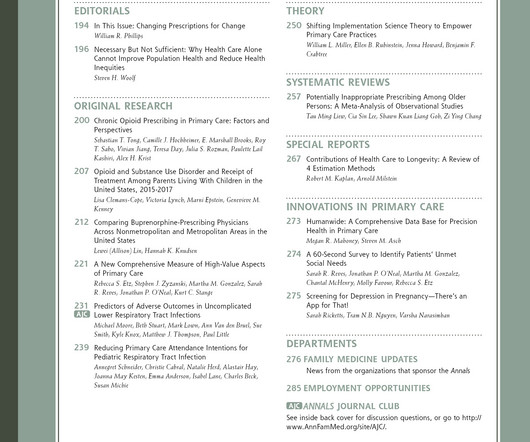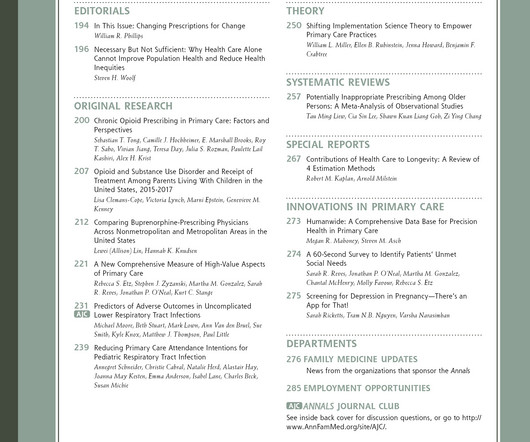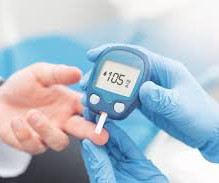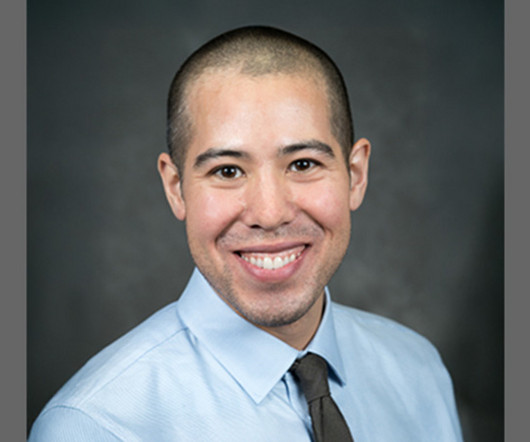Risk of Acute Rhinosinusitis Progression Based on Duration of Symptoms, Method of Care, and Setting of Care [Acute respiratory infections]
Annals of Family Medicine
NOVEMBER 20, 2024
Context: One of the most common primary care illnesses is acute rhinosinusitis (ARS). Study Design: As part of a large multi-center pragmatic randomized comparative effectiveness trial funded by PCORI, we recruited 141 adults with upper respiratory tract infections as part of a pilot feasibility demonstration.
























Let's personalize your content